Solar Technology
When thinking about a solar PV system, the most obvious components are understandably the solar PV panels themselves.
But without a number of other components, often working away in silence out of view, the solar system would not function to its full potential – at all!
Some solar PV components are essential – every solar system needs them. Other components are optional, and homeowners can decide whether adding them would suit their individual needs.
Solar Panels
Solar panels are the most obvious part of any solar PV system. These panels, also known as solar modules, are made up of individual solar cells which convert sunlight into electricity through the photovoltaic effect.
Solar systems usually cost between €5,000 and 10,000 in Ireland, with individual solar PV panels costing €170 to €400. However, this can vary depending on the quality of the panel and the manufacturer’s own prices.
While solar thermal panels were once a popular choice, solar photovoltaic (PV) panels, which generate electricity, are now the only show in town. There are three main types of solar PV – monocrystalline, polycrystalline and thin film.
First, solar panel mounts are attached to the roof. Each panel is then securely affixed onto the mounting structures so that they remain stable. Electrical wiring must then be connected to allow solar energy to power homes and businesses.
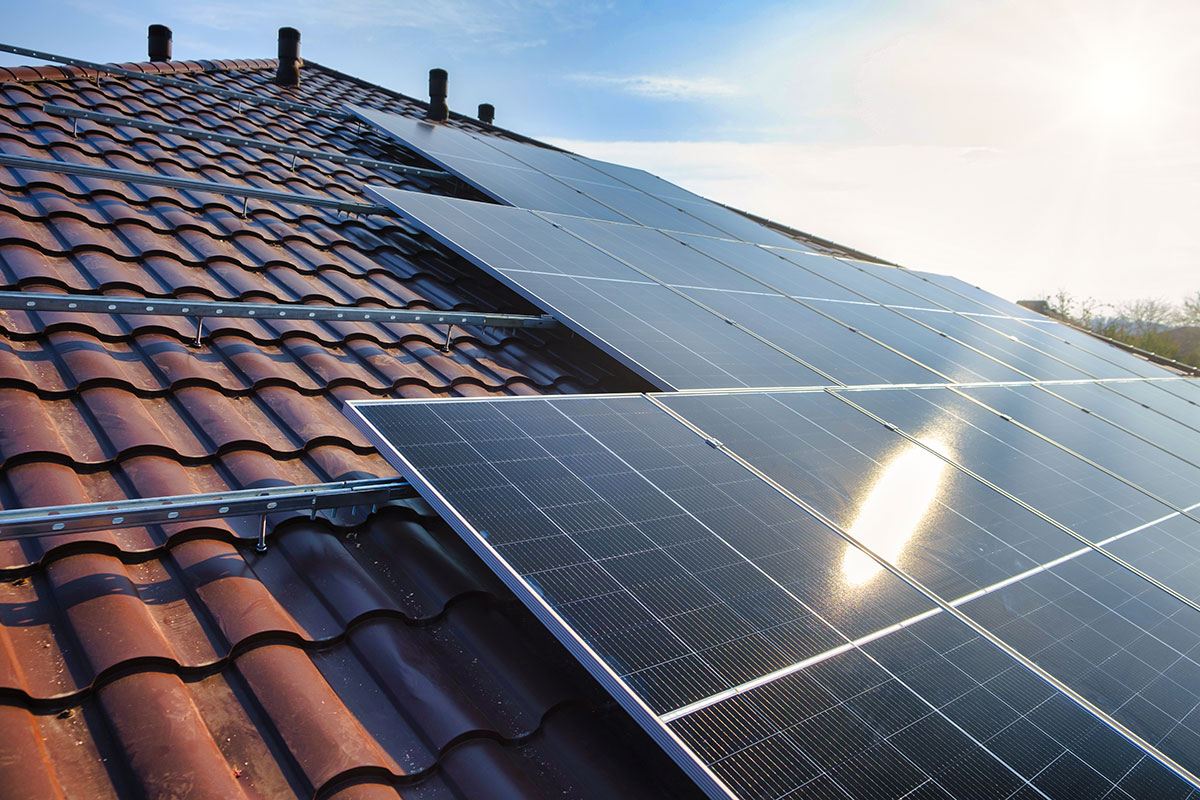
Inverter
Solar inverters are an essential component of all solar PV systems. This is because they are needed to convert direct current (DC) electricity into accelerating current (AC) electricity – which is used to power homes and businesses.
The cost of a solar panel inverter will be included in the quote you receive for your solar system. If you wish to purchase an inverter, it will cost around €700-€1,100. Inverters typically have to be replaced every 10-15 years.
There are different types of solar inverters on the market including string inverters, including string, hybrid and micro. Solar panels are arranged into rows or strings, and these strings are connected to the inverter.
A solar inverter is typically connected to the array of solar panels as part of the overall solar system during the installation process. They are installed away from sunlight and in a location with adequate ventilation.
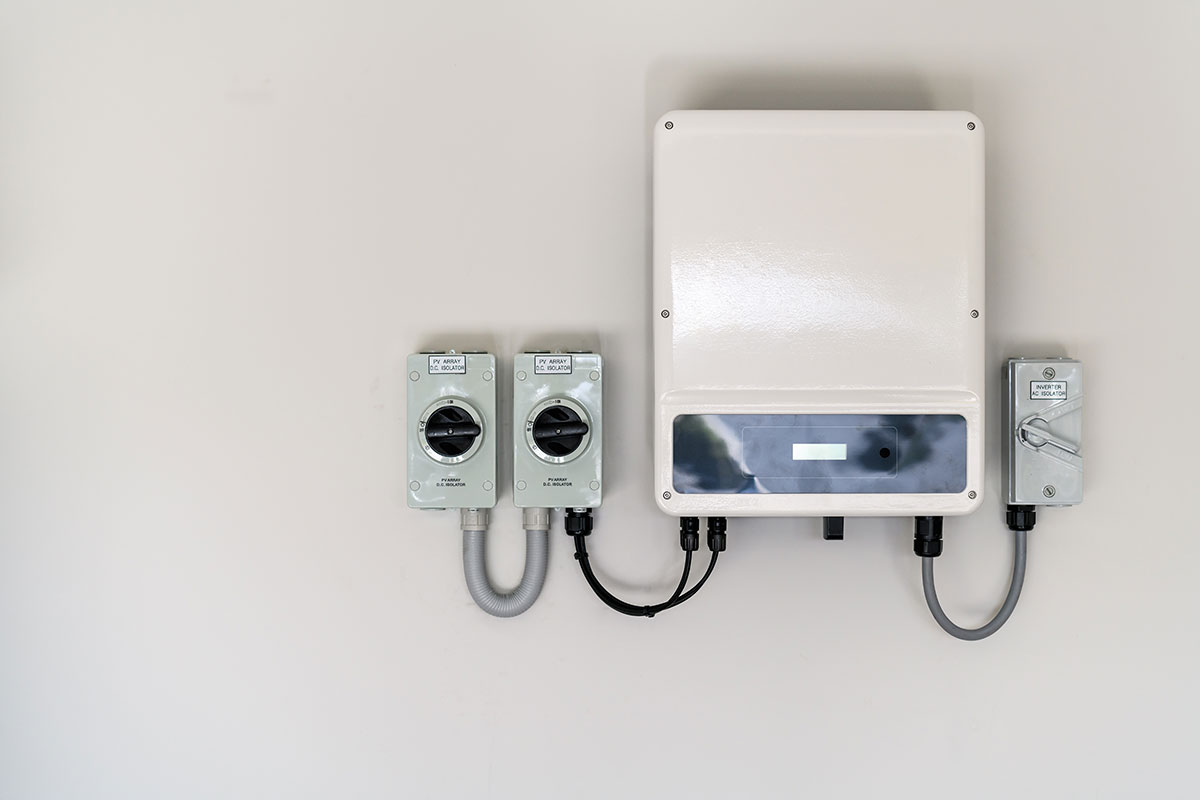
Solar Battery
Solar batteries are used to store excess electricity produced by solar panels for use at a later time. While not an essential component, batteries allow those with solar panels to enjoy free electricity even when the sun is not shining.
If you want to include a battery to your solar PV setup, it will typically cost an extra €2,350 to €2,850. The cost of adding a 5kW solar battery is around €2,500. However additional savings mean that adding a battery is worthwhile.
Lead acid batteries are more established and cheaper than lithium-ion batteries, which are smaller and lighter. Because of their safety and longer lifespan, lithium-ion batteries are the most commonly installed battery in Ireland.
A solar battery can be fitted along with the other components of a solar PV system by technicians. Batteries usually have to be replaced at least once over the lifespan of your solar system, but replacement battery installation is cheaper.
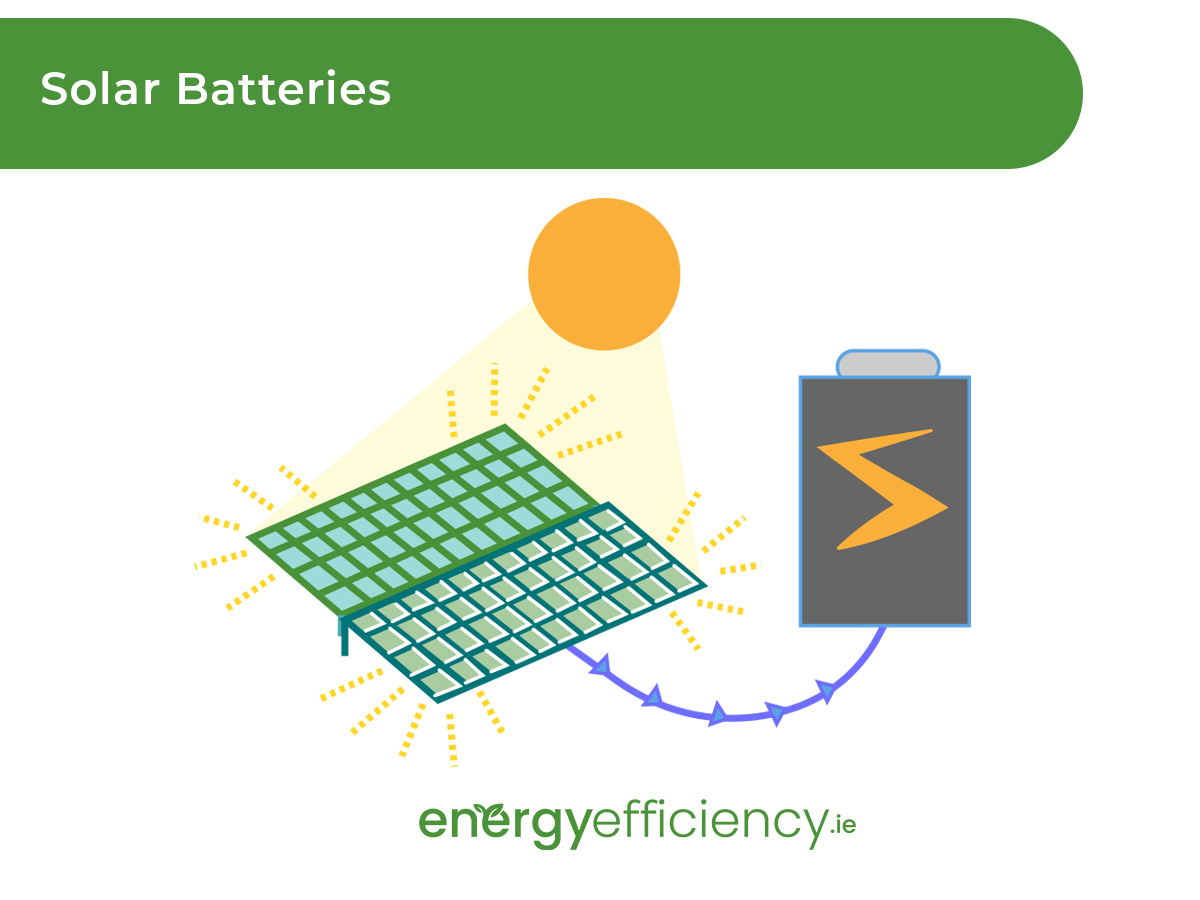
Power Diverter
A Power Diverter takes energy that is not being used for electricity so that it can be used to heat hot water instead. The diverter detects when electricity is being exported, and begins to divert it to the hot water cylinder.
Solar immersion diverters harvest free energy from the sun to heat water. As is the case with solar battery storage, power diverters allow you to use more of the electricity generated by your solar panels, and typically last around 10 years.
The installation process for a solar power diverter is simple and very straightforward. Despite it being an easy job, you will still need the services of a trained expert to fit the diverter, which usually goes near the boiler’s electrical supply switch.
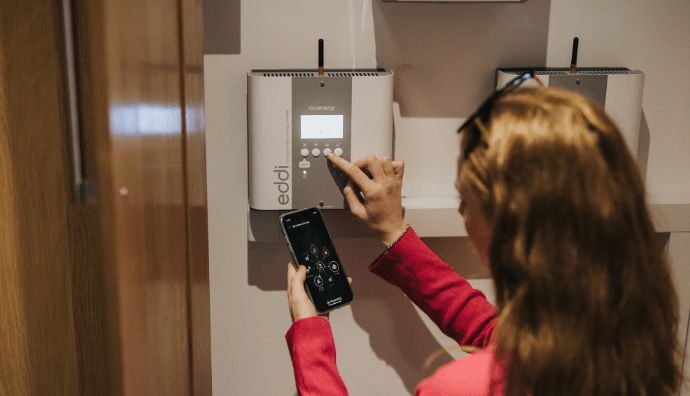
Monitoring System
With a solar panel monitoring system, you have full control and oversight of your solar system’s energy generation. This is because solar monitoring allows for comparisons of past energy production and other insights.
The cost of a solar PV monitoring system is generally €500 to €1,500 depending on the model that you choose. Some monitors have more features than others, including detailed electricity consumption analytics.
There are two main categories of solar monitoring systems — those that monitor generation, and those who monitor generation and consumption. Nowadays monitoring is online so you can monitor your solar energy data from anywhere.
Installing a solar monitoring system is simple and extremely quick. It can be done by your chosen solar installation company on the same day as the rest of the system, or at a later date if you already have solar panels installed.
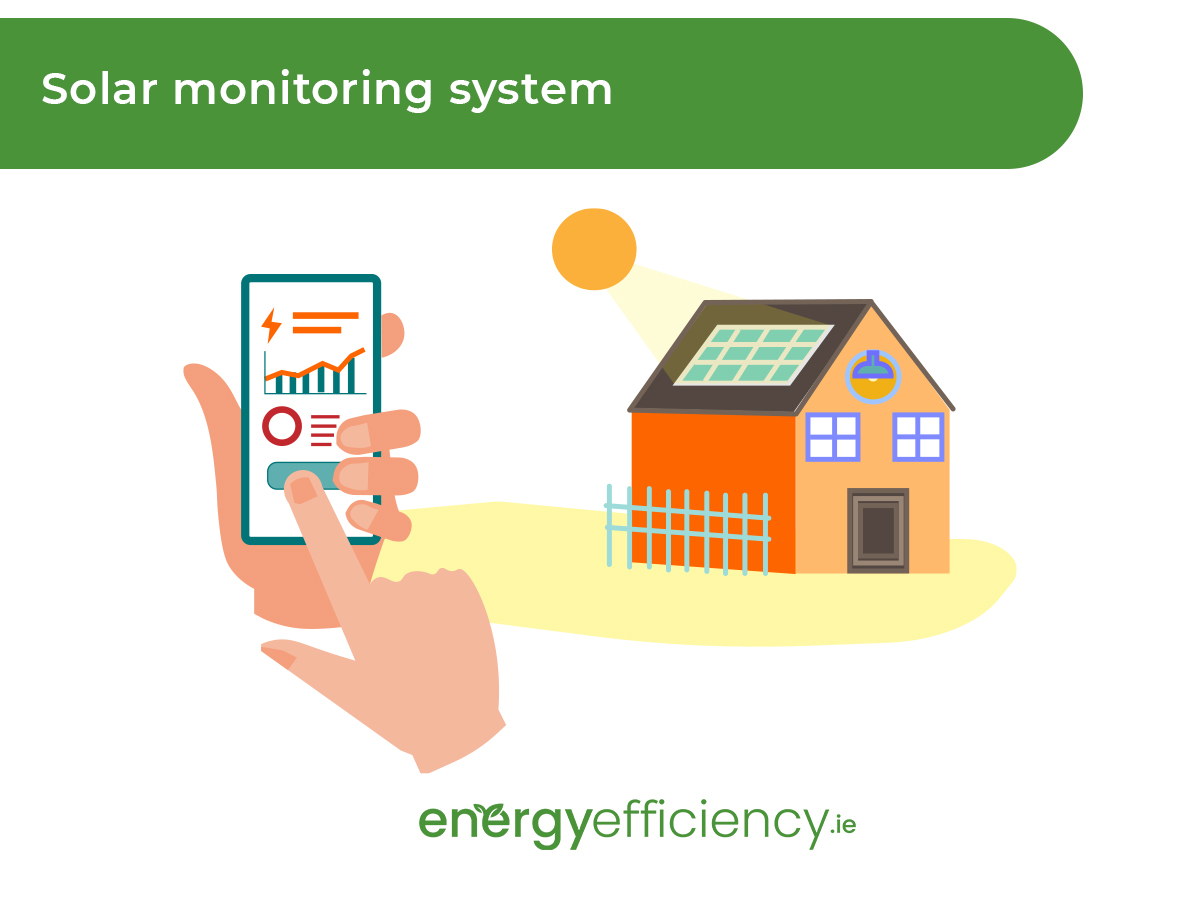
Mounting Structures
Although solar panels look like they sit comfortably on the rooftop – they are actually affixed to mounts, which are themselves attached to the roof. Solar modules attached to rooftop solar mounting structures can be adjusted for optimal tilt.
The vast majority of people follow the standard installation process, which begins with getting a free quote and ends with the installation itself. For these homeowners, the mounting structure is included in the overall cost of the PV system.
While rooftop mounts are by far the most common for households in Ireland, solar panels can also be ground mounted or pole mounted. These are not restricted by the orientation of the roof, but they take up precious space.
The installation of mounting structures takes place on the same day as the solar modules themselves. The mounting system is one of the first things to take place on installation day – as the solar panels must be mounted on it.
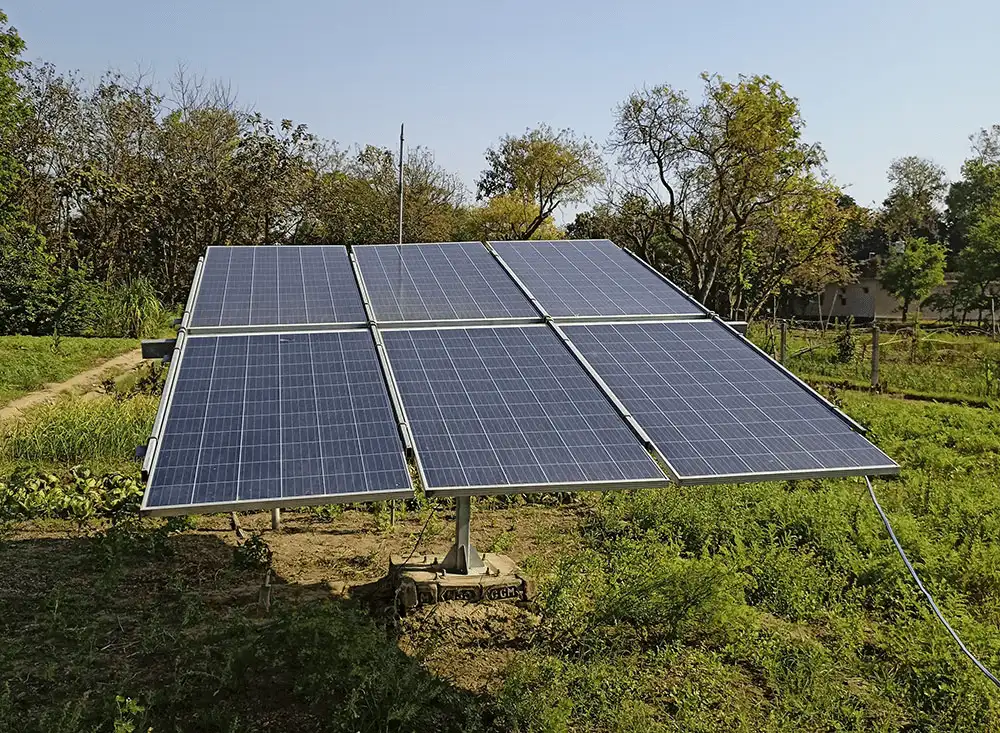
Get Free Solar Quotes Today
Find a local recommended solar panel installer in your area, and get your free quote today. It’s 100% cost and commitment free.


